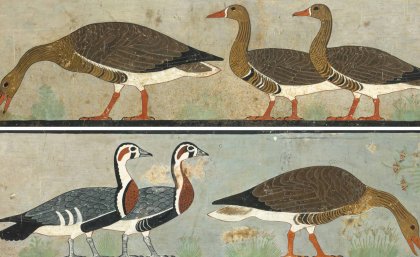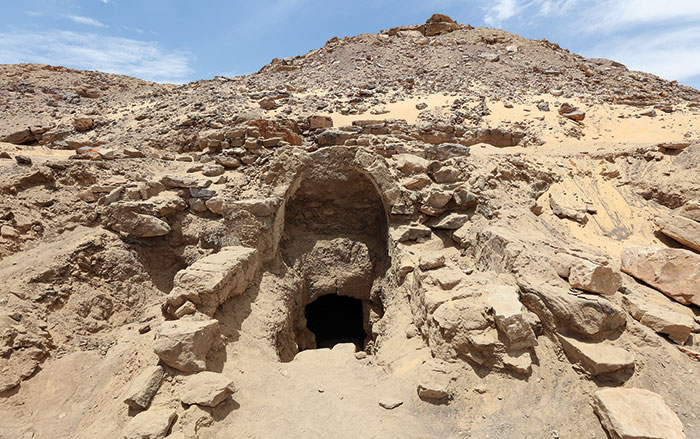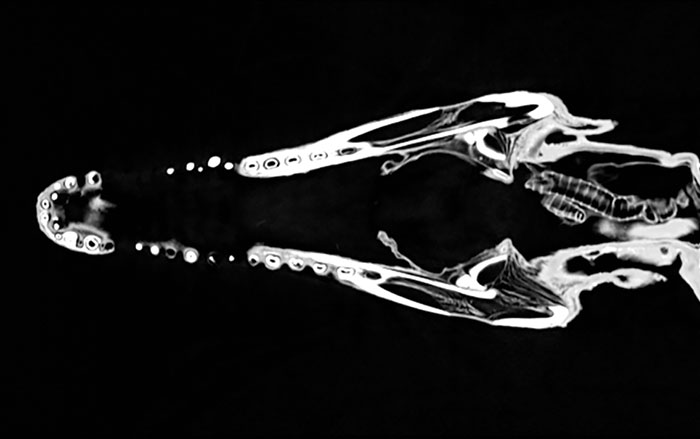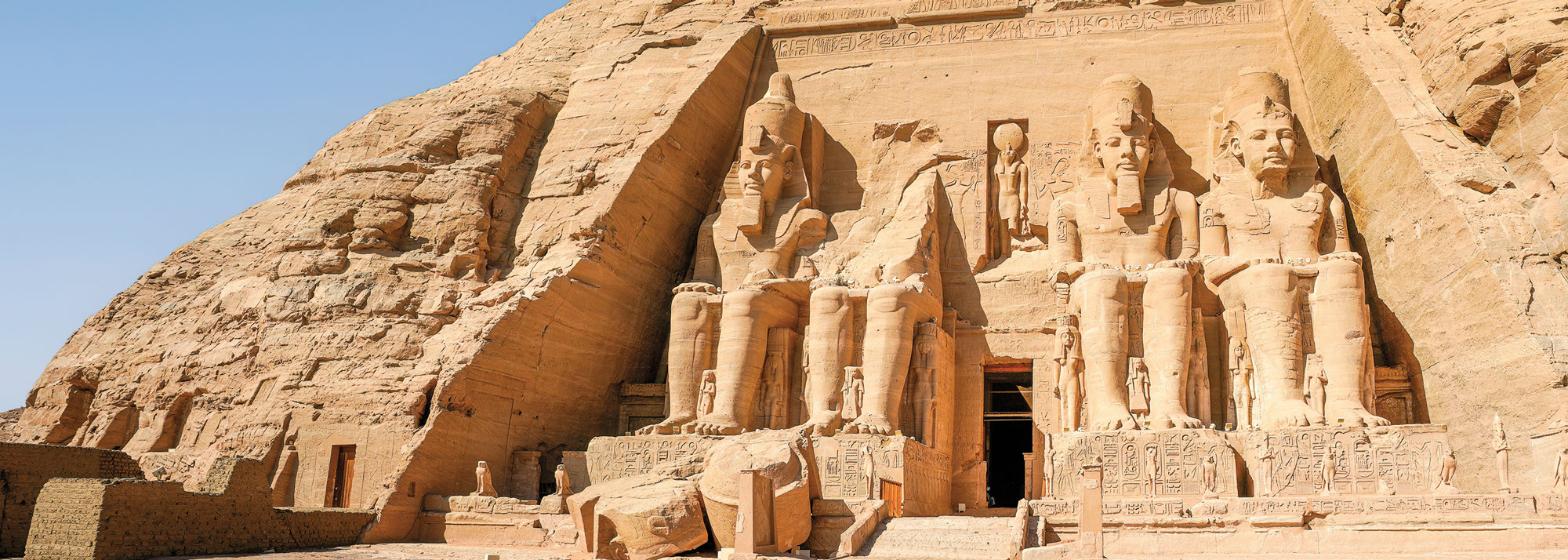
BRISBANE, AUSTRALIA—According to a statement released by the University of Queensland, paleontologist Anthony Romilio suggests that the red-breasted goose painted some 4,600 years ago on the wall of the tomb of Nefermaat and Itet in Meidum, Egypt, could represent an unknown species. Romilio points out that the artwork at the site that depicts other animals is extremely realistic, and while the goose in question resembles the modern red-breasted goose known as Branta ruficollis, no Branta ruficollis remains have been recovered at an Egyptian archaeological site. Romilio thinks the goose species depicted in the ancient painting may have gone extinct. The bones of a bird similar to Branta ruficollis have been unearthed on the island of Crete, he pointed out. “Art provides cultural insight, but also a valuable, graphical record of animals unknown today,” Romilio said. Some of those animals include the aurochs, and species of gazelle, antelope, oryx, and donkey. To read about identification of langur monkeys in an ancient painting from the Greek island of Thera, go to "A Barrel of Bronze Age Monkeys."










